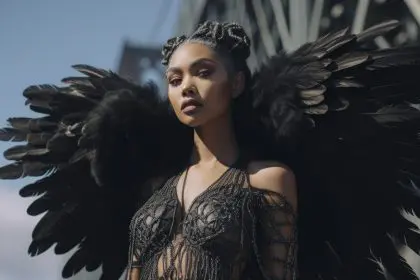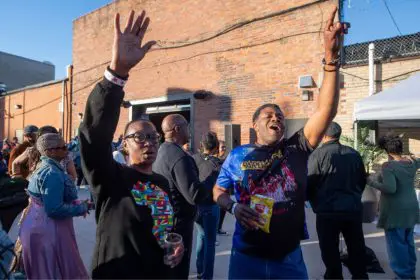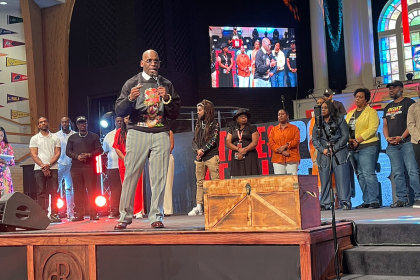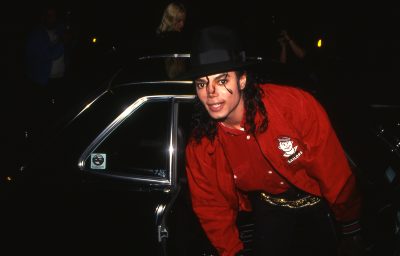As February rolls in, bringing with it the Grammy Awards and Black History Month, it’s the perfect time to reflect on the cultural significance of “Soul Train.” From 1971 to 2006, this iconic show was a platform for Black musical artists, showcasing not only their music but also the vibrant dance styles and fashion of the time. The Soul Train line became a cultural phenomenon, where dancers expressed themselves through movement, style, and rhythm.
The Soul Train experience
Viewers tuned in weekly not just for the music but for the spectacle of talented dancers who brought the show to life. The dancers were more than just performers; they were trendsetters and cultural icons who left an indelible mark on the entertainment industry. To honor this legacy, we’ve gathered insights from some of the most memorable dancers from the show, sharing their experiences and cherished memories.
Patricia ‘Butterfly’ Davis: The shy star
Patricia Davis, a dancer from 1971 to 1979, was known for her ability to stand out on stage. Despite being shy off-camera, she transformed into a vibrant performer when the lights turned on. “I was this shy, quiet type, but when the cameras hit, I knew I had to do my thing,” she recalled. Unlike many dancers who meticulously choreographed their routines, Davis often improvised, letting her instincts guide her.
Cheryl Song: Breaking barriers
Cheryl Song made history as the first non-Black dancer on “Soul Train,” appearing from 1976 to 1990. Initially hesitant to audition due to her ethnicity, she was encouraged by friends from her predominantly Black high school. “It took a while for them to accept me, and after I proved that I could dance, then I became one of the ‘Soul Train’ crew,” she shared. Her journey reflects the show’s inclusive spirit and the breaking of racial barriers in entertainment.
Tyrone Swan: The flashy performer
Tyrone Swan, who danced from 1972 to 1975, was known for his flashy outfits and signature curly afro. He fondly remembers wearing a gold suit that turned heads on set. “I walked on set, and everybody was like, ‘Wow!’” he said, highlighting the importance of style in the Soul Train experience.
Scorpio: The unique style
Scorpio, a dancer from 1981 to 2004, brought a unique flair to the show, inspired by Bruce Lee and old-school tap dancers. He particularly enjoyed dancing to Michael Jackson’s hits, saying, “I would do my robot and then spin because they would play ‘Dancing Machine,’ and that was one of my favorite Michael Jackson songs.” His creativity and passion for dance made him a standout performer.
Rosie Perez: A life-changing experience
At just 19, Rosie Perez made her mark on Soul Train in the 1980s. Although she appeared confident, she admitted to being terrified. “It changed my life because it got me out of my shell,” she said, emphasizing how the show pushed her to embrace her talent and ultimately led to a successful career as a choreographer and actress.
The late Adolpho Quiñones (Shabba Doo): From dancer to choreographer
Adolpho Quiñones, known as Shabba Doo, was one of the original dancers from 1971 to 1974. He showcased his breakdancing skills alongside his group, The Lockers. After leaving the show for better opportunities, he became a renowned choreographer, creating iconic dance moves for music videos and films. He died Dec. 29, 2020.
Sheila Lewis: The self-taught dancer
Sheila Lewis, who danced from 1975 to 1990, was a self-taught dancer who learned by mimicking the performances on Soul Train. She became known for her unique costumes, thanks to her partnership with designer Temechi “Tony” Briggs. Her story is a testament to the power of passion and creativity in the arts.
Louie Ski Carr: The entertainer
Louie Ski Carr, who initially faced rejection, made a memorable entrance in a white tuxedo during his second audition. He drew inspiration from various musical genres, creating unforgettable skits that showcased his creativity and flair.

















